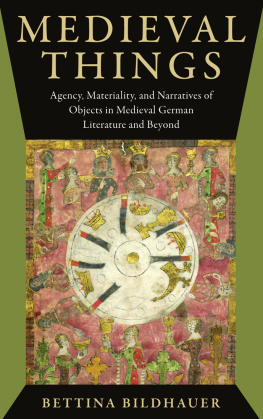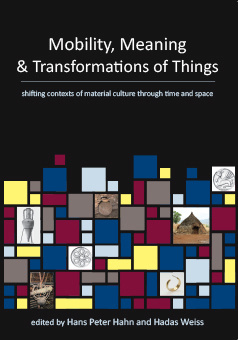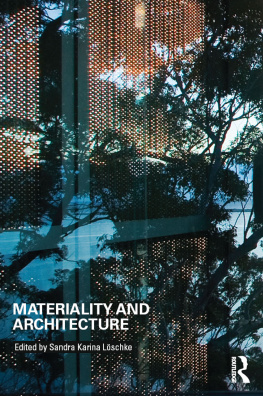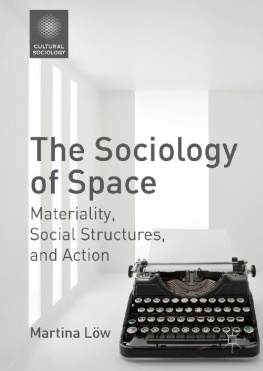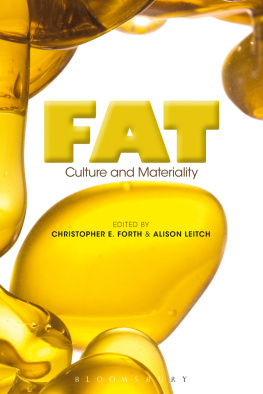
The Materiality and Spatiality of Death, Burial and Commemoration
Death, dying and burial produce artefacts and occur in spatial contexts. The interplay between such materiality and the bereaved who commemorate the dead yields interpretations and creates meanings that can change over time. Materiality is more than simple matter, void of meaning or relevance. The apparent inanimate has meaning. It is charged with significance, has symbolic and interpretative valueperhaps a form of selfhood, which originates from the interaction with the animate. In our case, gravestones, bodily remains and the spatial order of the cemetery are explored for their material agency and relational constellations with human perceptions and actions. Consciously and unconsciously, by interacting with such materiality, one is creating meaning, while materiality retroactively provides a form of agency. Spatiality provides more than a mere context: it permits and shapes such interaction. Thus, artefacts, mementos and memorials are exteriorised, materialised and spatialized forms of human activity: they can be understood as cultural forms, the function of which is to sustain social life. However, they are also the medium through which values, ideas and criteria of social distinction are reproduced, legitimised or transformed.
This book will explore this interplay by going beyond the consideration of simple grave artefacts on the one hand and graveyards as a space on the other hand, to examine the specific interrelationships between materiality, spatiality, the living and the dead.
The chapters in this book were originally published as a special issue of the journal Mortality. Promoting the interdisciplinary study of death and dying.
Christoph Klaus Streb, PhD, is Director of the Institute of Historical Archaeology of the Palatinate in Germany and alumni of the Faculty of Humanities, Education and Social Sciences (FHSE) at the University of Luxembourg. His current main research project deals with the materiality and spatiality of burial and commemoration during the19th and 20th century in the border region between Luxembourg and Germany. Moreover, he is interested in the materiality and heritage of 20th century conflicts in the German Palatinate. For his research he applies historical-archaeological methodology, focusing on the development of modern identity and ideology.
Thomas Kolnberger, PhD, is a historian and research associate at the Faculty of Humanities, Education and Social Sciences (FHSE) at the University of Luxembourg, Institute for History. He was the coordinator of a research project sponsored by the National Research Fund of Luxembourg (FNR): Material Culture and Spaces of Remembrance. A Study of Cemeteries in Luxembourg in the Context of the Greater Region (20152018).
Acknowledgements
Funded by the FNR (Fonds National de la Recherche)
Supported by the Institute for History, University of Luxembourg
The Materiality and Spatiality of Death, Burial and Commemoration
Edited by
Christoph Klaus Streb and Thomas Kolnberger
First published 2022
by Routledge
2 Park Square, Milton Park, Abingdon, Oxon OX14 4RN
and by Routledge
605 Third Avenue, New York, NY 10158
Routledge is an imprint of the Taylor & Francis Group, an informa business
2022 Taylor & Francis
All rights reserved. No part of this book may be reprinted or reproduced or utilised in any form or by any electronic, mechanical, or other means, now known or hereafter invented, including photocopying and recording, or in any information storage or retrieval system, without permission in writing from the publishers.
Trademark notice: Product or corporate names may be trademarks or registered trademarks, and are used only for identification and explanation without intent to infringe.
British Library Cataloguing in Publication Data
A catalogue record for this book is available from the British Library
ISBN: 978-0-367-71533-5 (hbk)
ISBN: 978-0-367-71538-0 (pbk)
ISBN: 978-1-003-15248-4 (ebk)
DOI: 10.4324/9781003152484
Typeset in Myriad Pro
by Newgen Publishing UK
Publishers Note
The publisher accepts responsibility for any inconsistencies that may have arisen during the conversion of this book from journal articles to book chapters, namely the inclusion of journal terminology.
Disclaimer
Every effort has been made to contact copyright holders for their permission to reprint material in this book. The publishers would be grateful to hear from any copyright holder who is not here acknowledged and will undertake to rectify any errors or omissions in future editions of this book.
Contents
Christoph Klaus Streb and Thomas Kolnberger
Hauke Kenzler
Elizabeth Craig-Atkins, Jennifer Crangle, P. S. Barnwell, Dawn M. Hadley, Allan T. Adams, Ian Atkins, Jessica-Rose McGinn, and Alice James
Natalie Polzer
Anne Carol
Philippe Charrier and Galle Clavandier
Anna-Katharina Balonier, Elizabeth Parsons and Anthony Patterson
Thorsten Benkel and Matthias Meitzler
The chapters in this book were originally published in the journal Mortality, volume 24, issue 2 (March 2019). When citing this material, please use the original page numbering for each article, as follows:
Introduction: The materiality and spatiality of death, burial and commemoration
Christoph Klaus Streb and Thomas Kolnberger
Mortality, volume 24, issue 2 (March 2019), pp. 117122
Post-medieval burial customs in Germany an archaeological perspective on materiality and spatiality
Hauke Kenzler
Mortality, volume 24, issue 2 (March 2019), pp. 123144
Charnel practices in medieval England: new perspectives
Elizabeth Craig-Atkins, Jennifer Crangle, P. S. Barnwell, Dawn M. Hadley, Allan T. Adams, Ian Atkins, Jessica-Rose McGinn, and Alice James
Mortality, volume 24, issue 2 (March 2019), pp. 145166
Material specificity and cultural agency: the mummies of the Capuchin Catacombs in Palermo, Sicily
Natalie Polzer
Mortality, volume 24, issue 2 (March 2019), pp. 167182
Embalming and the materiality of death (France, nineteenth century)
Anne Carol
Mortality, volume 24, issue 2 (March 2019), pp. 183192
Ephemeral materiality: a place for lifeless infants in cemeteries


